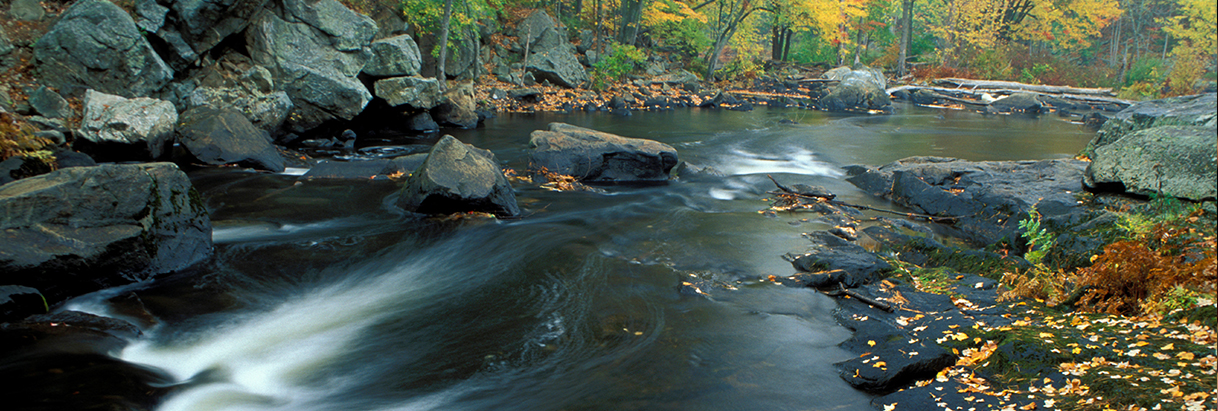What are some of the causes of pollution and lower water quality?
Pollution problems are categorized in general terms as either originating from "point" sources or "non-point" sources. Point sources are discharges from readily identifiable sources, such as pipes leading from sewage treatment plants, industrial plants, and stormwater culverts. Non-point sources are comprised of run-off from diffuse sources, such as construction sites, farm pastures, parking lots, or heavily fertilized lawns. Difficult to identify and correct, nonpoint pollution is currently recognized as the greatest problem in maintaining good water quality nationally and locally.
The Clean Water Act of 1972 focused on the clean-up of point source pollution. Although initially successful, trying to reduce pollution by capturing only point course pollution revealed the importance of addressing the additional impacts of nonpoint source pollution on rivers, lakes, and estuaries. Today, pollution prevention must also focus on appropriate stormwater runoff from paved areas, septic systems, and land management practices by public and private landowners.
The single most important means of preventing non-point source pollution from reaching the river is maintaining wide “buffer” areas of natural vegetation along the river. To deal effectively with this issue, both the enforcement of local and state regulations and the cooperation of informed landowners are needed.
One of the most significant and increasingly common forms of water pollution comes from run-off from nutrients. These fertilizer-like residues come from both point and non-point sources and they are everyone's problem. The US Environmental Protection Agency (EPA) has developed a new and improved website about nitrogen and phosphorus (nutrients) pollution to provide the public with information about this type of pollution-- where it comes from, its impacts on human health and aquatic ecosystems, and actions that people can take to help reduce it. Click here to be connected: Nutrient Pollution | US EPA

